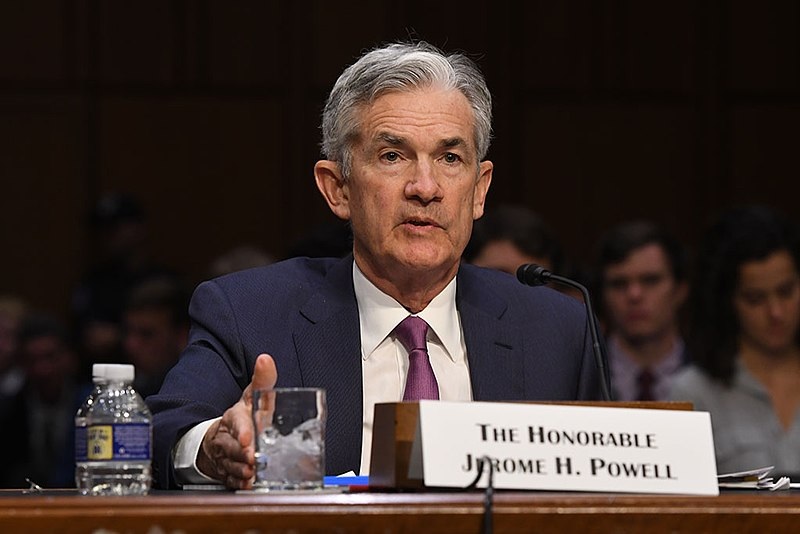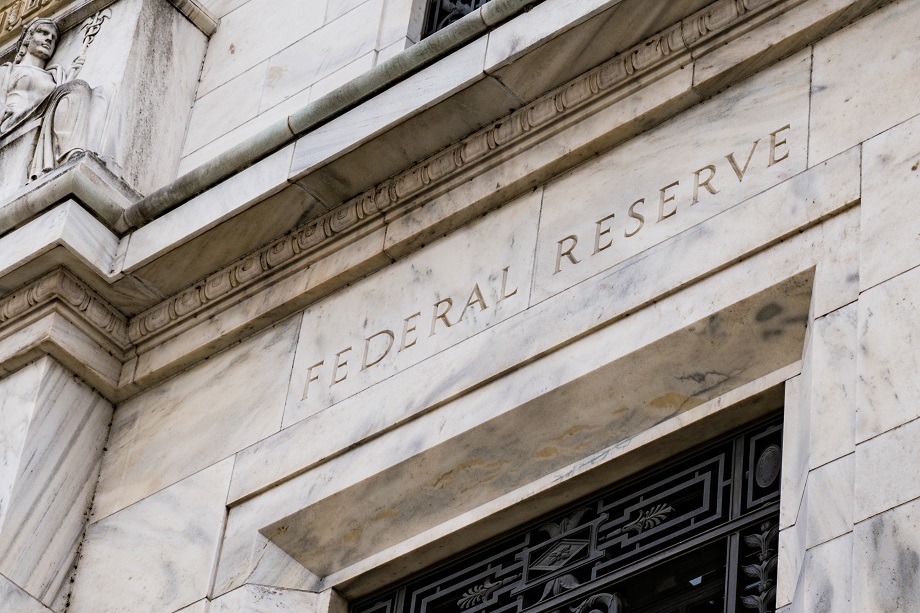economy news online news
By Heather Scott
US central bankers remain committed to raising interest rates further to quell rising prices, but agreed it would be appropriate to slow the pace of the hikes “at some point,” the Federal Reserve said Wednesday. online news
In the minutes of the July policy meeting, which produced a second massive rate increase of 0.75 percentage points, the Fed officials said it will take some time to bring “unacceptably high” inflation back down near the two percent goal.
But many officials at the meeting cautioned that there is a “risk” the Fed could go too far as it tries to cool demand to lower prices that have surged at the fastest pace in more than 40 years.
The central bank has raised the benchmark borrowing rate four times this year, including two massive three-quarter-point increases in June and July after US annual inflation spiked to 9.1 percent in June.
In the days since the last Fed meeting, financial markets have been cheered by comments from Federal Reserve Chair Jerome Powell, who signaled that a slowdown in the rapid rate hikes would come eventually.
But officials have tried to dispel some of that excess optimism, stressing in recent speeches that the central bank is committed to pursuing its inflation-fighting battle — a message echoed in the minutes.
- Signs of easing? –
There have been some positive signs, as consumer prices slowed in July to 8.5 percent, and soaring gas prices, exacerbated by the war in Ukraine, have fallen in recent weeks.
Members of the Fed’s policy-setting Federal Open Market Committee (FOMC) noted the recent decline in energy prices as well as some signs that supply constraints have eased.
However, they said falling oil prices “cannot be relied on” to lower overall inflation, and instead, slowing demand will be a key factor in curbing price pressures, the minutes said.
Some officials warned against “complacency.”
The rapid, aggressive moves by the central bank have started to have an impact, and while officials say the US economy should continue to expand in the second half of the year, “many expected that growth in economic activity would be at a below-trend pace,” the minutes said.
While the labor market remains strong, many noted “some tentative signs” the job conditions have started to soften.
Last month, the world’s largest economy still had nearly two job openings for every unemployed person in the labor force.

Meanwhile, American consumers have continued to spend despite high prices, drawing on a stockpile of savings, though data indicate a shift towards services and away from cars and other big-ticket items, while rising mortgage rates have started to slow activity in the housing sectors.
hs/sst
© Agence France-Presse. All rights are reserved.
economy news online news
Notes from APS Radio News
During the past few years, a number of the world’s central banks have engaged in massive programs of monetary expansion, even as jobs and businesses were lost by way of virus-related restrictions and quarantines.
For example, beginning in March of 2020, the US Federal Reserve engaged in a substantially greater program of monetary expansion by purchasing hundreds of billions of dollars of Treasury and corporate bonds.
Since the early part of March 2020 to date, the Federal Reserve has added over $4 trillion to its holdings.
In particular, whereas on or about February 24, 2020, the holdings of the Federal Reserve stood at $4.2 trillion, on or about January 17, 2022, the holdings of the Federal Reserve stood at about $8.9 trillion.
As well, the Federal Reserve has kept interest rates low.
Recently, Jerome Powell, the head of the Federal Reserve, said that he wasn’t concerned about inflation and that, for the none, the Federal Reserve would keep interest rates at low levels.
Another examples is that of the Bank of Japan.
According to Fred Economic Data, as of October 2021, the Bank of Japan’s holdings were about $6.4 trillion or about 725 trillion Yen.
In the early part of March 2020, the Bank of Japan’s holdings were $5.3 holdings. During the period mentioned, the Bank of Japan added over one trillion dollars to its holdings.
A number of corporations have been borrowing money inexpensively and have been purchasing their own shares of stocks, increasing share prices of stocks.
Still, there are concerns among investors.
A number of them have expressed concerns about central banks’ eventually increasing interest rates, as, during the past year, inflation levels have been increasing.
The combination of low interest rates, expansive monetary policies, fiscal stimulus programs, which themselves have infused trillions into the US economy, and shortages of goods and services caused by virus-related restrictions and lockdowns has increased levels of inflation.
Investors also have worried, for example, about announcements that were made by companies like Toyota and VW; months ago, those companies announced that because of shortages of particular types of material, they would be reducing levels of production.
economy news online news
Months ago, the results of a survey of UK manufacturers were released.
That survey indicated that many businesses in the UK were concerned about shortages of supplies.
In general, jobs and businesses have been lost by way of mandates, restrictions and quarantines, which, in their turn, were imposed by way of the virus narrative.
In the US, overall, the mortality rate of the virus is about .069%, according to Statista, an award-winning service.
The recovery rate is over 99% for most age groups.
What has followed in the wake of lockdowns and mandates has been the infusion of trillions of dollars into the US economy, the increasing succeess of online businesses like Amazon and other large online retailers, various bank and tech-related stocks, the shuttering of small to medium-sized businesses and the loss of millions of jobs.
Another result has been the increasing levels of inflation, especially those of food and fuel.
In official terms, for purposes of reporting, the US Labor Department uses what is called “core inflation”.
Core inflation excludes items like food and fuel, as those are deemed too volatile.
economy news online news


